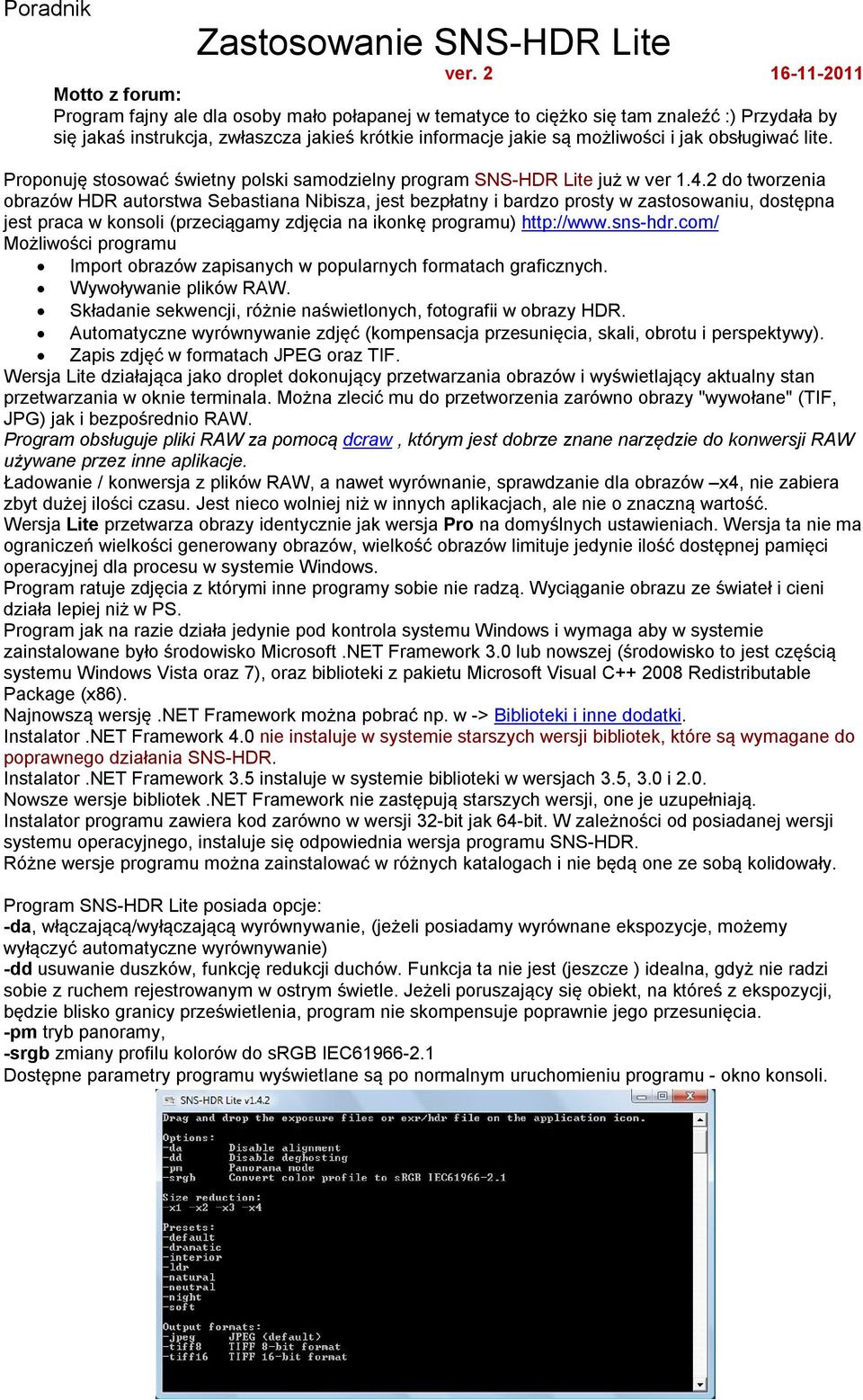
- #SNS HDR INTERIOR FOR FREE#
- #SNS HDR INTERIOR FULL#
- #SNS HDR INTERIOR PRO#
- #SNS HDR INTERIOR DOWNLOAD#
#SNS HDR INTERIOR DOWNLOAD#
#SNS HDR INTERIOR PRO#
SNS-HDR Pro offers an intuitive interface and a convenient set of parameters to help you edit images, and is perfect for beginners and professionals alike. Other features associated with this application are the ability to adjust the levels of brightness, contrast, shadow, temperature, saturation and hue, as well as changes in RGB values. The utility offers support for batch processing, which means that you can add several images to the list and process them simultaneously.
#SNS HDR INTERIOR FULL#
The software allows you to switch to full screen mode for better focus, zoom in and out, and apply various special effects (such as dramatic, natural, neutral, night, soft, interior). The program works with a wide range of file formats, namely JPG, PNG, TIFF, EXR, HDR, ARW, DNG, RAW, SNS, SRW, 3FR and others. SNS-HDR – the program allows you to create and edit HDR-type images, apply various special effects and adjust the brightness, contrast, shadow and other parameters of your images.
#SNS HDR INTERIOR FOR FREE#
ZN usually only produces one output image, but in this case I asked it to produce several overexposed replicas at 2EV intervals (not necessarily the same number and EV intervals as the original RAW files were shot), and those replicas were fed in equal conditions to SNS-HDR and TuFuse for tone mapping (or more strictly exposure blending).You can Download SNS-HDR Professional for free I was only interested in the tone mapping part of SNS-HDR and TuFuse, so I did the job of optimally (in terms of noise and sharpness) fusing the 5 RAW files in ZN. "The easiest way to improve your photos is to adjust the loose nut between the shutter release and the ground." So, just for comparison's sake on the library shots, you combined the 5 exposures in ZN, just so it was as clean as THAT part could be and then output n number of exposure variations of that image to be combined in SNS and TuFuse to show how they compared just at tone mapping, rather than having variations in alignment and whatnot? Sorry if I'm being slow here, the whole HDR thing is pretty new for me. In this comparision, using ZN was also good to focus exclusively at how good TuFuse and SNS-HDR were in the tone mapping process alone. In ZN I can manually edit ghosting and since I know how it internally works, I know I am taking noise reduction and sharpness to their best. I used ZN for the fusion process because I always do. Any HDR program will deliver noise reduction inherent to the process of picking the correctly exposed areas of the image. If you prefer an image in an earlier stage so that you can choose final contrast parameters or local processing, then I would prefer TuFuse.įinally just a proof of the need of doing several shots to cover the entire dynamic range, showing the noise comparision between the most exposed shot that preserved the highlights and the final fused image:Īctually Zero Noise is not needed at all here. If this is what you are looking for then it's OK. In conclusion I would say SNS-HDR provides a more finished and texturized image.

In both lighting was kept reasonably natural, without producing visible inconsistencies like those usually found on Photomatix tone mapped images. However regarding local contrast TuFuse produced a more natural result while SNS-HDR obtained more texture where available, resulting a bit more unreal (I was there and I can say the floor tiles looked like those in the TuFuse image, even if one could prefer the more spectacular SNS-HDR's).


HTTP response: NOT FOUND | MIME changed to 'image/png'īoth programs respected the colours of the initial image (which is good), SNS-HDR saturating a bit.


 0 kommentar(er)
0 kommentar(er)
